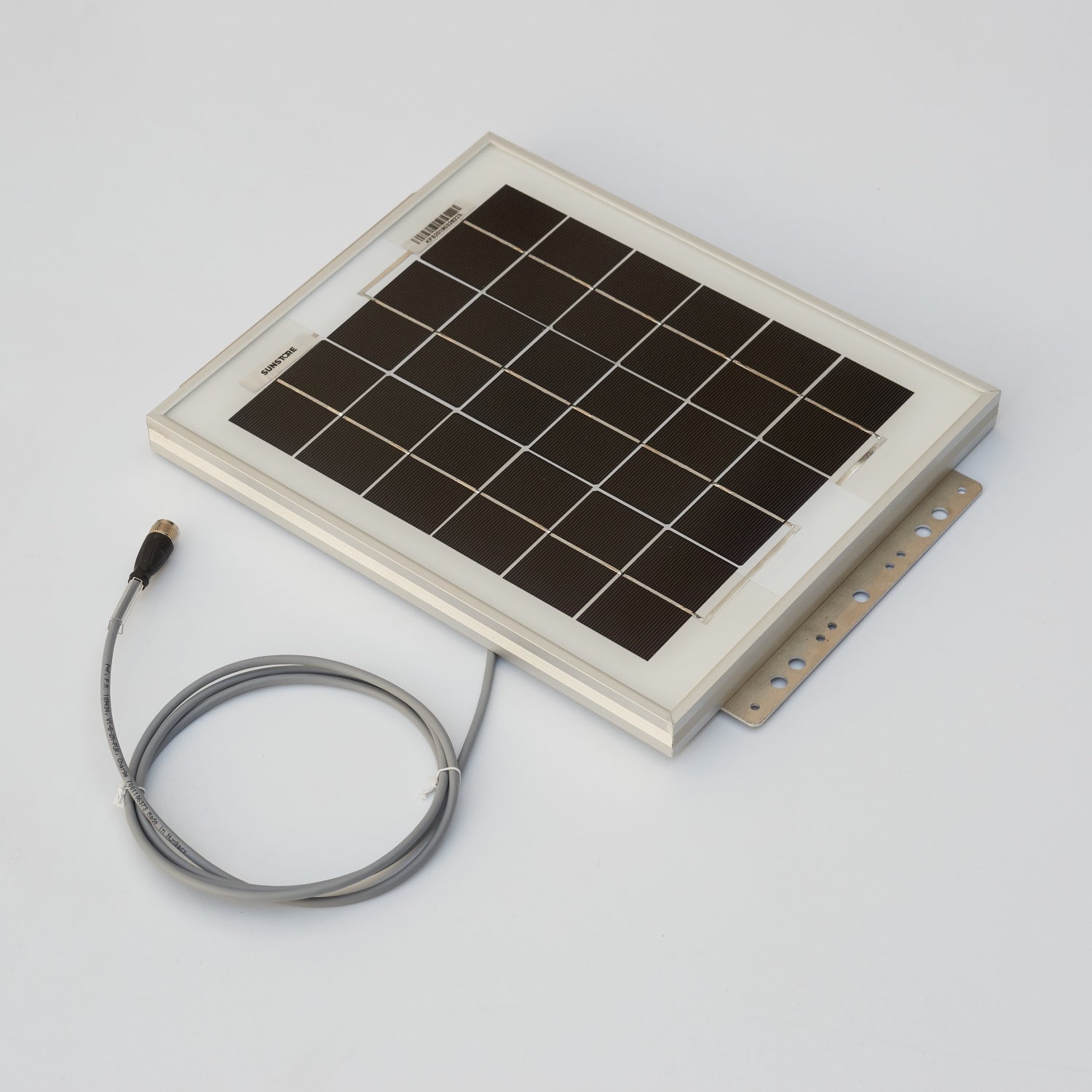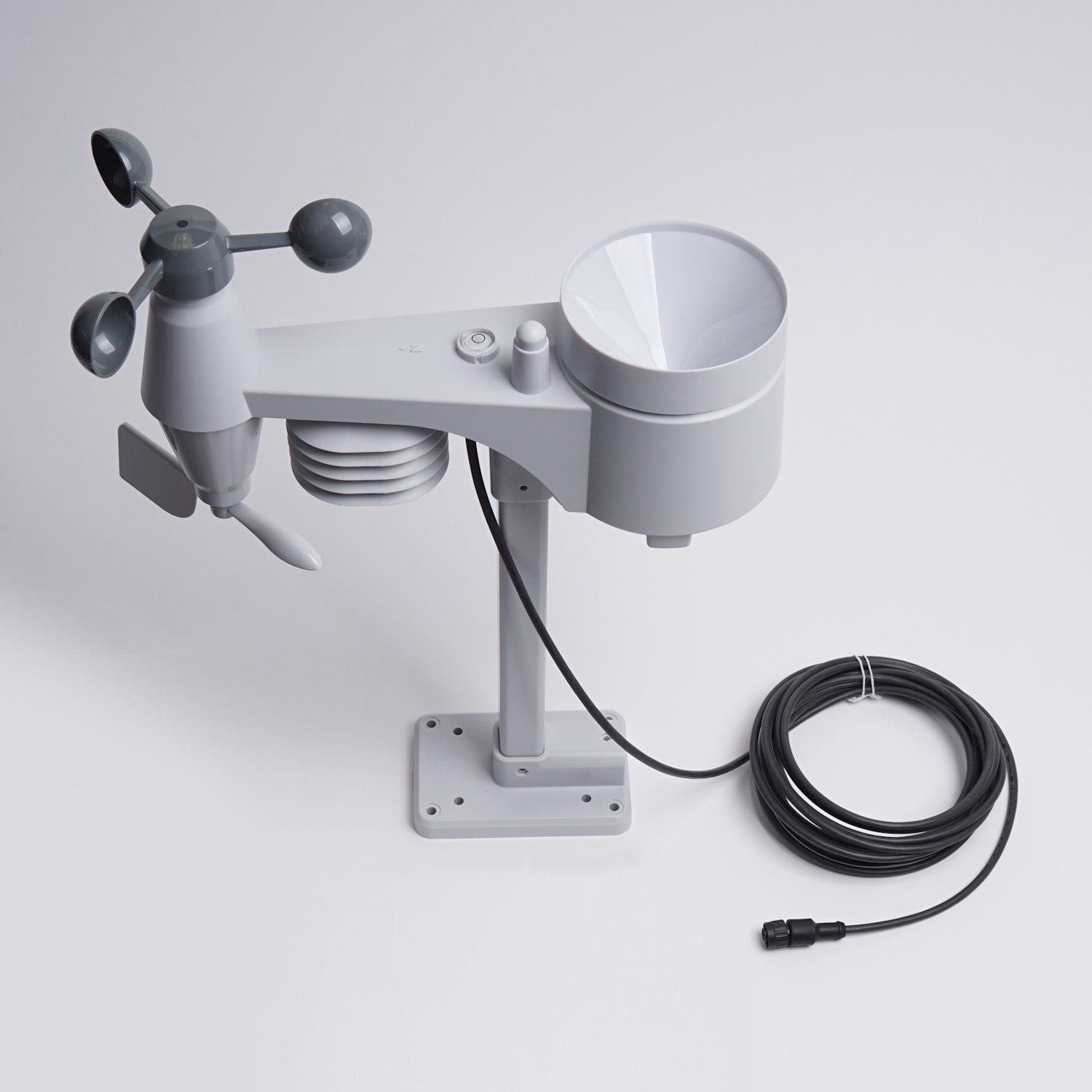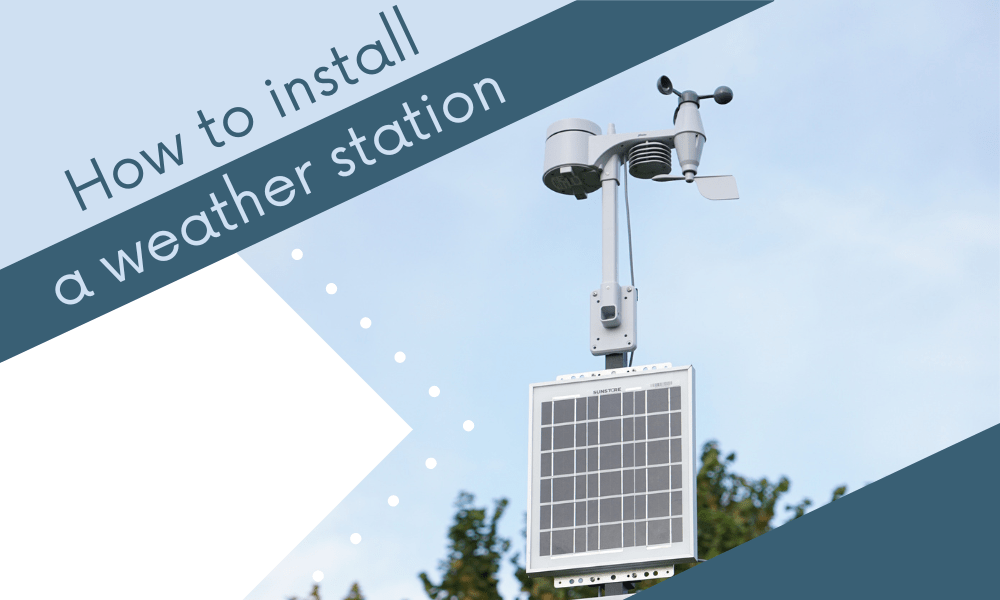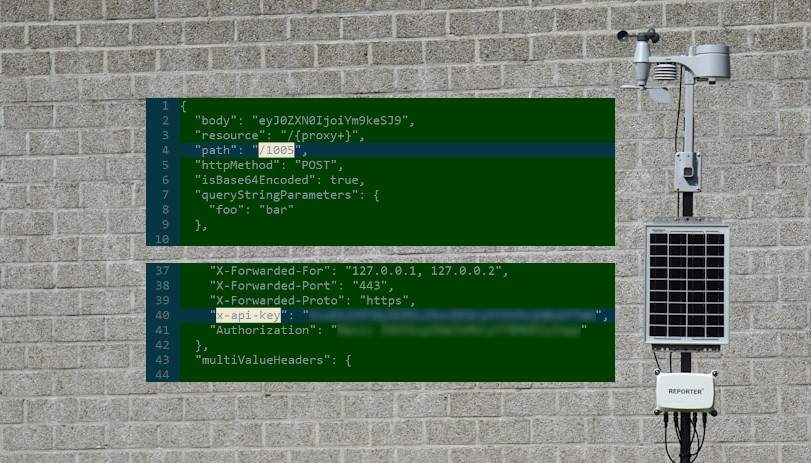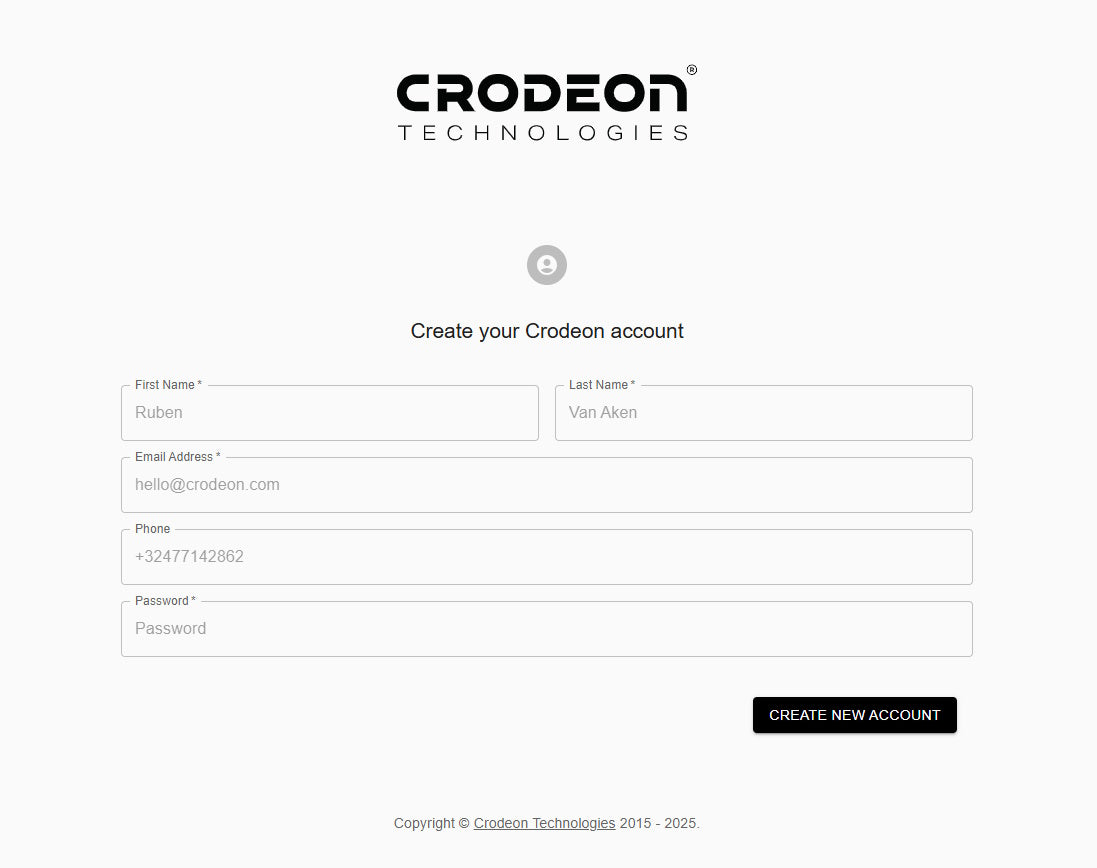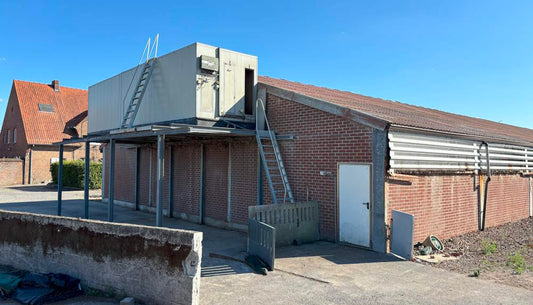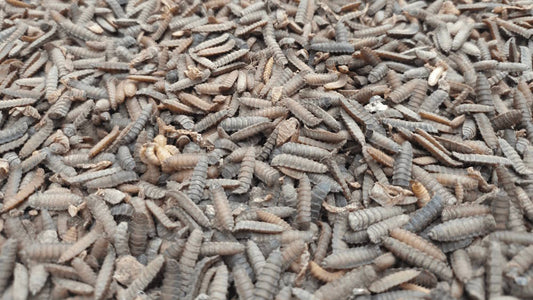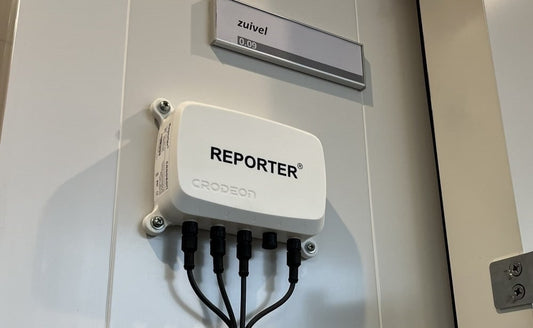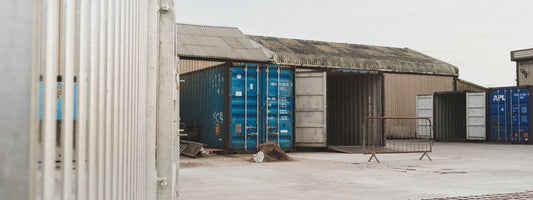Wetterstation Wartung
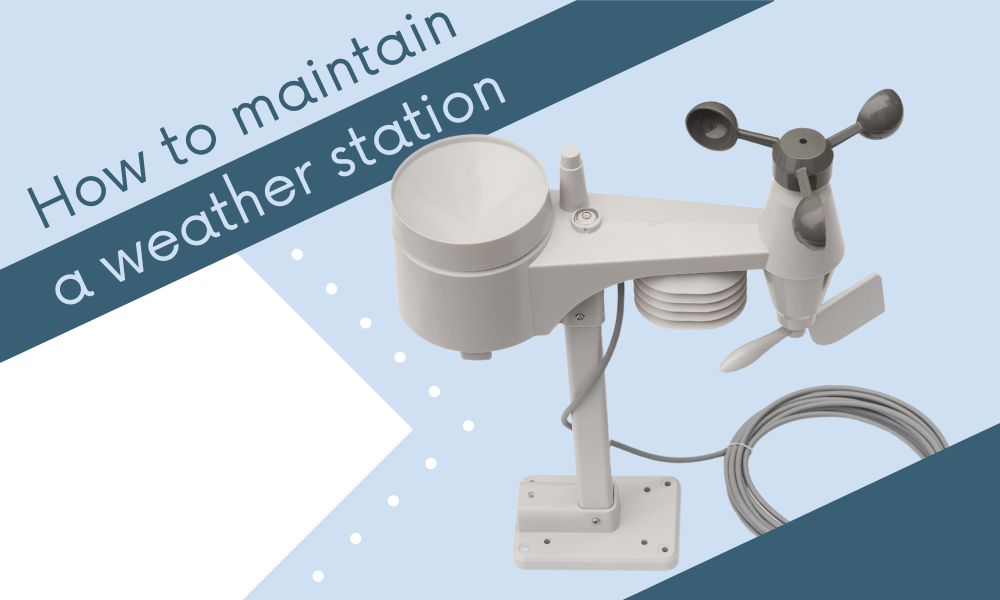
Ihre Wetterstation kann viele Jahre halten – noch länger, wenn Sie sich zusätzlich um die Wartung kümmern. In diesem Leitfaden begleiten wir Sie durch Ihre jährliche Reinigungssession.
Warum ist die Wartung einer Wetterstation notwendig?
Eine Wetterstation sollte jährlich überprüft werden, um sicherzustellen, dass alle Sensoren sauber sind und ordnungsgemäß funktionieren. Eine Verstopfung kann die Messwerte verfälschen und im schlimmsten Fall Ihre Installation beschädigen. Risse oder andere Schäden an einzelnen Bauteilen sollten ebenfalls überprüft und gegebenenfalls ersetzt werden.
Ein weiterer wichtiger Punkt ist die richtige Positionierung der Installation. Es sollte überprüft werden, ob die Befestigungselemente noch fest sitzen und ob sich nichts gelockert hat.
Außerdem bevorzugen einige Insekten und kleine Tiere Ihre Wetterstation als Nistplatz. Falls diese Nester Sensoren blockieren, kann dies zu fehlerhaften Messungen führen.
- Vögel könnten ein Nest im Regensensor bauen
- Spinnen könnten sich im Temperatur- und Feuchtigkeitssensor einnisten
Andere Teile der Wetterstation können durch Schmutz oder Ablagerungen weniger effizient arbeiten. Das Solarpanel beispielsweise erzeugt weniger Strom, wenn es von einer Schicht aus Algen, Staub oder Sand bedeckt ist.
Vor dem Reinigen
- Trennen Sie die Wetterstation vom Reporter
- Beginnen Sie mit der Inspektion und Reinigung

Temperatur und Feuchtigkeit
In der Crodeon-Wetterstation werden Temperatur und Feuchtigkeit* durch den Sensirion-Chip gemessen. Diese Sensoren sind werkseitig kalibriert und müssen während ihrer gesamten Lebensdauer nicht nachkalibriert werden. Allerdings kann die Außenseite (das Schutzgehäuse) des Sensors beschädigt oder verschmutzt werden. Während der Wartung sollte Schmutz mit einem feuchten Tuch entfernt werden. Falls das Schutzgehäuse beschädigt ist, sollte der Sensor ausgetauscht werden.
Kleine Krabbeltiere wie Spinnen fühlen sich im Sensorgehäuse wohl, doch ihre Nester beeinträchtigen die Messgenauigkeit. Entfernen Sie die ungebetenen Gäste und säubern Sie Spinnweben und andere Ablagerungen mit einem feuchten Tuch, um eine ungehinderte Luftzirkulation sicherzustellen. Alternativ kann auch eine weiche Zahnbürste verwendet werden.
- Entfernen Sie ungewünschte Gäste aus dem Schutzgehäuse Ihres RH-Sensors
- Überprüfen Sie, ob das Schutzgehäuse noch intakt ist
Im Winter sollten Eis und Schnee vorsichtig vom Schutzgehäuse entfernt werden.
*Der Sensor misst: Temperatur (Trockentemperatur), Feuchtkugeltemperatur, Taupunkt und relative Luftfeuchtigkeit.

Windgeschwindigkeit (Anemometer)
Der Windgeschwindigkeitssensor besteht aus drei drehbaren Schalen. Damit der Sensor die Windgeschwindigkeit genau messen kann, muss er sich frei drehen können. Wenn die Drehung zu schnell stoppt, ist der Sensor beschädigt und sollte ersetzt werden.
Um Schäden am Windgeschwindigkeitssensor zu vermeiden, sollte er jährlich überprüft und gereinigt werden.
- Überprüfen Sie, ob sich das Anemometer noch reibungslos dreht
- Entfernen Sie Ablagerungen und Hindernisse (Sand, Spinnweben), die die Bewegung des Anemometers beeinträchtigen könnten
- Überprüfen Sie, ob die drei Schalen noch in gutem Zustand sind
Wenn eine Schale Risse hat oder abgenutzt ist, kann sie sich unausgewogen drehen. Dies beeinflusst die Windmessung und führt zu falschen Ergebnissen. Ein beschädigter Sensor sollte ersetzt werden.
Im Winter können sich Eiszapfen an der Wetterstation bilden, wodurch sich die beweglichen Teile festsetzen können. Das Eis sollte vorsichtig entfernt werden, bis sich die Wettersensoren wieder frei bewegen können. Beachten Sie, dass Kunststoff bei Kälte spröder wird.

Windrichtung (Windfahne)
Bei der Wartung der Wetterstation ist es wichtig zu überprüfen, ob sich die Windfahne frei bewegen kann, um die Windrichtung genau zu messen. Wenn die Drehung zu schnell stoppt, ist der Sensor beschädigt und sollte ersetzt werden. Die Windfahne hat einen etwas höheren Widerstand als das Anemometer. Gleichzeitig sollte der Nordpfeil (siehe Bild unten) nach Norden zeigen. Wenn der Sensor nicht nach Norden ausgerichtet ist, sind die Windrichtungswerte fehlerhaft.
- Überprüfen Sie, ob sich die Windfahne noch reibungslos dreht
- Entfernen Sie Ablagerungen und Hindernisse von der Windfahne
- Kalibrieren Sie den Sensor mit dem Nordpfeil
Die Windfahne kann mit warmem Seifenwasser und einem Tuch gereinigt werden.
Im Winter können sich Eiszapfen an der Wetterstation bilden, wodurch sich die beweglichen Teile festsetzen können. Das Eis sollte vorsichtig entfernt werden, bis sich die Wettersensoren wieder frei bewegen können. Beachten Sie, dass Kunststoff bei Kälte spröder wird.


Regensensor (Kippwaage)
Regensensoren sind ein wesentlicher Bestandteil jeder Wetterstation. Der Sensor erkennt und misst Niederschlag mithilfe seines „Kippwaagen“-Mechanismus. Allerdings kann der Sensor (und der Trichter darüber) durch Schmutz verstopft werden und muss in diesem Fall gereinigt werden.
Der Regensensor ist ein beliebter Nistplatz für Insekten oder Vögel. Eine jährliche Überprüfung während der Wetterstationswartung ist daher unerlässlich. Wenn dieser Teil nicht regelmäßig überprüft und gereinigt wird, können die Messwerte ungenau werden.
- Überprüfen Sie, ob sich Schmutz, Moos, Blätter, ein Wespennest oder ein Vogelnest in der Kippwaage befinden.
Der Regensensor kann mit warmem Seifenwasser gereinigt werden, danach sollte er gründlich abgespült werden. Um den oberen Teil des Sensors zu öffnen, drehen Sie ihn gegen den Uhrzeigersinn. Falls Ihr Sensor stark verstopft ist, kann es sinnvoll sein, ihn mehr als einmal pro Jahr zu reinigen. Besonders in Obstplantagen oder anderen Bereichen mit vielen fallenden Blättern kann eine zusätzliche Reinigung im Herbst erforderlich sein.

Das Innere des Regensensors sollte wie auf dem Bild oben aussehen. Der kleine „Löffel“ ist der Kippwaagen-Mechanismus. Stellen Sie sicher, dass sich dieser Mechanismus frei und ohne Widerstand bewegen kann.

Mast & Ausrichtung
Ein integraler Bestandteil Ihrer Wetterstation ist die Art und Weise, wie sie befestigt ist. Unabhängig davon, ob Ihre Wetterstation an einem Mast oder am Rand eines Dachs montiert ist, muss regelmäßig überprüft werden, ob sie stabil und gerade steht.
- Steht die Wetterstation noch waagerecht?
- Bewegt sich der Wettersensor nicht auf dem Mast?
- Kann der Wettersensor wackeln oder ist er fest gesichert?
Falls der Wettersensor nicht sicher befestigt ist, kann er während eines Sturms wackeln. Diese Erschütterung kann zu unzuverlässigen Messwerten führen. Der Kippwaagen-Regensensor könnte beispielsweise „Regen“ registrieren, wenn er durch heftige Bewegungen kippt – selbst wenn kein tatsächlicher Niederschlag fällt.
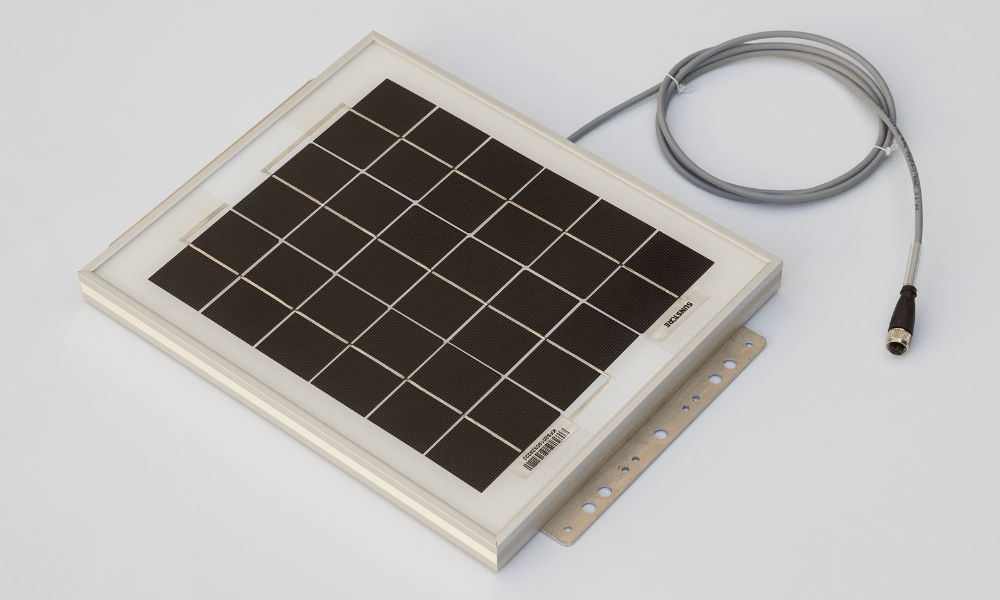
Solarmodul
Ohne Strom ist Ihre Wetterstation nutzlos. Daher ist es essenziell, sicherzustellen, dass das Solarmodul ordnungsgemäß funktioniert. Damit es optimal arbeitet, muss es sauber, unbeschädigt und in Richtung der stärksten Tageslichtquelle ausgerichtet sein.
- Überprüfen Sie, ob die Oberfläche des Solarmoduls sauber ist
- Überprüfen Sie, ob die Oberfläche des Moduls unbeschädigt ist
- Überprüfen Sie, ob das Solarmodul weiterhin in Richtung der stärksten Tageslichtquelle ausgerichtet ist
Jeglicher Schmutz, Algen, Moos, Sand oder andere Ablagerungen sollten vom Solarmodul entfernt werden. Dazu kann ein feuchtes Tuch mit Seifenwasser oder ein Alkoholtuch verwendet werden.
Hagel, Stürme, Frost und Regen können die Oberfläche des Solarmoduls beschädigen. Selbst Vögel lassen manchmal kleine Steine fallen, die das Panel zum Reißen bringen können. Ein beschädigtes Solarmodul erzeugt nicht genügend Energie und sollte ersetzt werden.

Reporter
Nachdem Sie Ihren Wettersensor und Ihr Solarmodul überprüft haben, ist es ebenso wichtig, das Sensor-Modul selbst zu kontrollieren.
- Stellen Sie sicher, dass das Gehäuse des Reporters unbeschädigt ist – ein beschädigtes oder rissiges Gehäuse ist nicht mehr wasser- und wetterfest
- Überprüfen Sie, ob sich keine Schrauben, Bolzen oder Befestigungspunkte des Reporters gelockert haben
Reporter wird mit fünf Staubkappen geliefert, um die Anschlüsse zu schützen und sie vor Wasser, Schmutz, Staub oder anderen Verunreinigungen zu bewahren. Natürlich müssen die Staubkappen entfernt werden, wenn ein Sensor oder ein Stromkabel angeschlossen wird, aber für ungenutzte Anschlüsse muss immer eine Staubkappe verwendet werden.
Die Staubkappen verfügen über eine Silikondichtung, die verhindert, dass Wasser oder Schmutz ins Innere Ihres Reporters eindringt.
- Stellen Sie sicher, dass die Staubkappen der ungenutzten Anschlüsse sicher festgezogen sind
- Überprüfen Sie, ob die Staubkappen unbeschädigt sind (gebrochene oder rissige Kappen sollten ersetzt werden)
Falls Ihr Gehäuse oder die Staubkappen beschädigt sind, bringen Sie den Reporter ins Innere und kontaktieren Sie uns so schnell wie möglich.
Nach der Wartung Ihrer Wetterstation
Nachdem Sie Ihren Wettersensor gereinigt haben, ist es an der Zeit, ihn wieder mit dem Reporter zu verbinden.
- Überprüfen Sie, ob das Kabel eingesteckt und sicher am Anschluss befestigt ist
- Stellen Sie sicher, dass neue Wetterdaten an das Dashboard gestreamt werden
- Kontrollieren Sie nochmals den Nordpfeil und die Wasserwaage der Wetterstation

Sie haben die Reinigung Ihrer Wetterstation abgeschlossen. Falls Sie noch Fragen zur Wartung Ihrer Installation haben, zögern Sie bitte nicht, uns über das Formular auf dieser Seite zu kontaktieren.
Das könnte Sie auch interessieren:
FAQ
Wie pflegt man Wetterinstrumente?
Überprüfen Sie, ob sich die rotierenden Teile einer Wetterstation reibungslos bewegen können. Spinnweben, Schmutz, Blätter oder andere Ablagerungen sollten entfernt werden. Die meisten Teile Ihrer Wetterstation können mit einem feuchten Tuch und warmem Seifenwasser gereinigt werden. Mindestens einmal im Jahr sollte eine Wartung durchgeführt werden, um sicherzustellen, dass alle Komponenten ordnungsgemäß funktionieren.
Wie wird eine Windfahne gewartet?
Die Wartung einer Windfahne erfordert besondere Aufmerksamkeit. Zunächst sollte überprüft werden, ob sich die Fahne frei drehen kann und keine Verschmutzungen oder Ablagerungen die Bewegung behindern. Zweitens sollte der Nordpfeil auf dem Sensor, der die Windrichtung kalibriert, kontrolliert werden. Falls der Pfeil nicht nach Norden zeigt, sind alle Messungen ungenau.
Wie pflegt und wartet man einen Regenmesser?
Ein Regenmesser, Regensensor oder Kippwaagen-Mechanismus sollte regelmäßig überprüft und gereinigt werden. Vögel, Spinnen und andere kleine Tiere nisten gerne im Inneren des Sensors. Schmutz, Blätter, Moos und andere Ablagerungen können durch den Trichter in das Innere des Sensors fallen und die Kippwaage blockieren. Um Ihren Regensensor richtig zu reinigen, sollten Sie ihn öffnen, indem Sie ihn gegen den Uhrzeigersinn drehen, Ablagerungen entfernen, das Innere mit warmem Seifenwasser waschen und anschließend gründlich abspülen.
Wartung eines Anemometers
Ein Anemometer misst die Windgeschwindigkeit, aber wenn sich der Sensor nicht mehr so reibungslos dreht, sind die Messungen ungenau. Die Wartung eines Anemometers umfasst Folgendes: eine Sichtprüfung, um festzustellen, ob Schmutz die Bewegung behindert, und gegebenenfalls die Entfernung des Schmutzes. Außerdem sollte eine physische Prüfung durchgeführt werden, um sicherzustellen, dass sich die drehenden Schalen reibungslos bewegen. Falls dies nicht der Fall ist, sollte der Sensor ausgetauscht werden.

